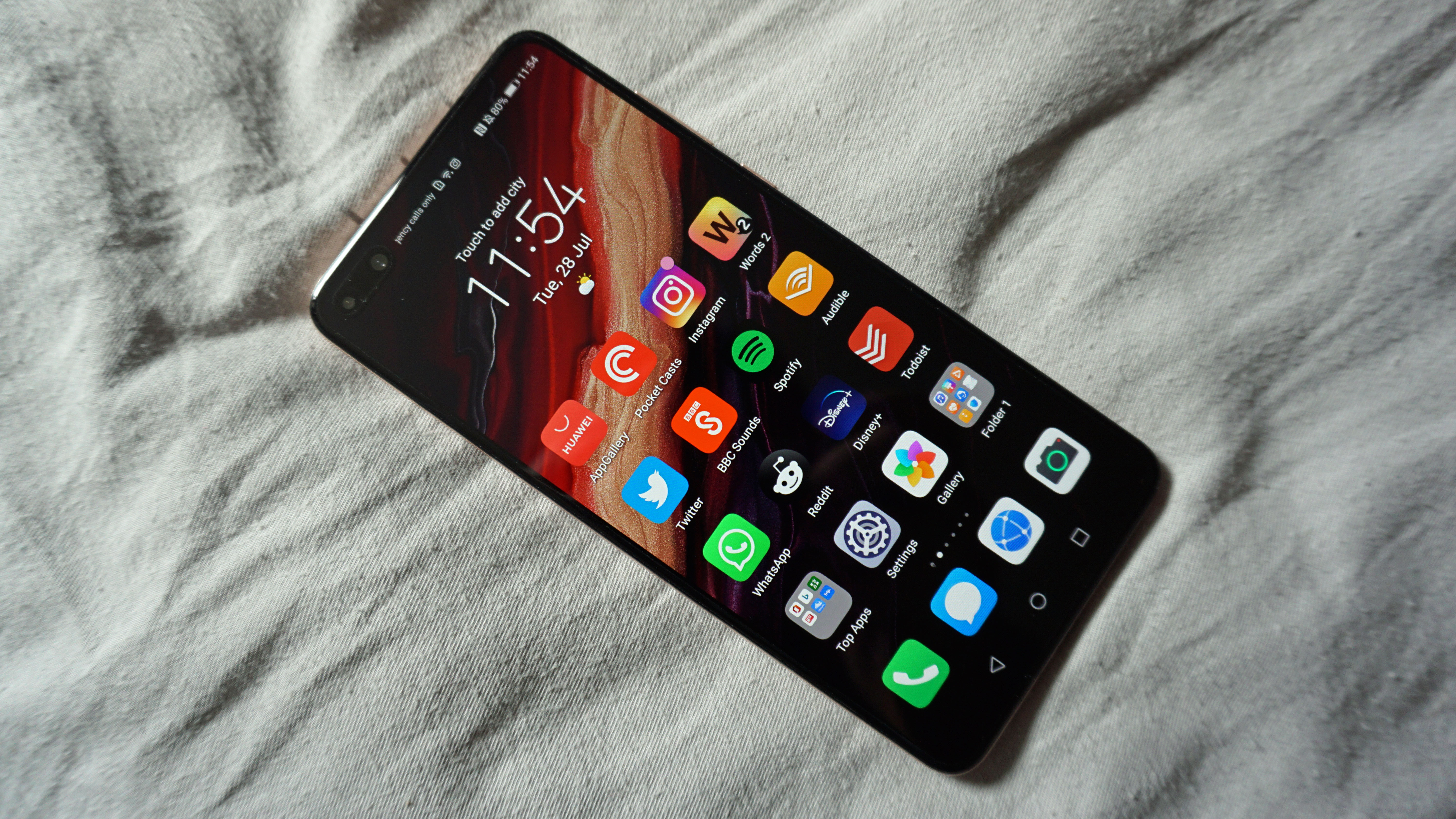HarmonyOS will replace Android on future Huawei phones, possibly from 2021
Starting next year

Following the Huawei ban that stopped the company having full access to Android, Huawei unveiled its own alternative operating system last year. Dubbed HarmonyOS, this initially appeared on things like smart speakers and wearables, but now it seems to company is ready to bring it to phones.
That’s based on an announcement that Richard Yu (Huawei’s consumer business CEO) made at the company’s developer conference during the unveiling of the second version of HarmonyOS.
According to The Verge, Yu stated that a smartphone version of the operating system would be made available to developers in December, and hinted that phones running it might land next year.
- These are the best Huawei phones
- Android 11 has landed
- We're expecting the Huawei Mate 40 this year
The P50 is a possibility
That could mean the flagship Huawei P50 will run HarmonyOS, though we suspect the company will trial it on lower profile devices initially.
As well as this, Huawei has also launched OpenHarmony, which will allow developers to take an open source version of HarmonyOS and modify or build upon it. Initially OpenHarmony will be limited to very low end devices with just 128MB of RAM or less, but that will apparently increase to 4GB in April, and the limit will be removed by October 2021.
Launching a new smartphone operating system at this point must be a daunting prospect, and Huawei is sure to face an uphill struggle with it, but if any company – other than perhaps Samsung – is up to the task, it’s Huawei, so it will be interesting to see how this plays out.
- Want to keep in touch? Sign up for TechRadar's daily newsletter
Get daily insight, inspiration and deals in your inbox
Sign up for breaking news, reviews, opinion, top tech deals, and more.
James is a freelance phones, tablets and wearables writer and sub-editor at TechRadar. He has a love for everything ‘smart’, from watches to lights, and can often be found arguing with AI assistants or drowning in the latest apps. James also contributes to 3G.co.uk, 4G.co.uk and 5G.co.uk and has written for T3, Digital Camera World, Clarity Media and others, with work on the web, in print and on TV.